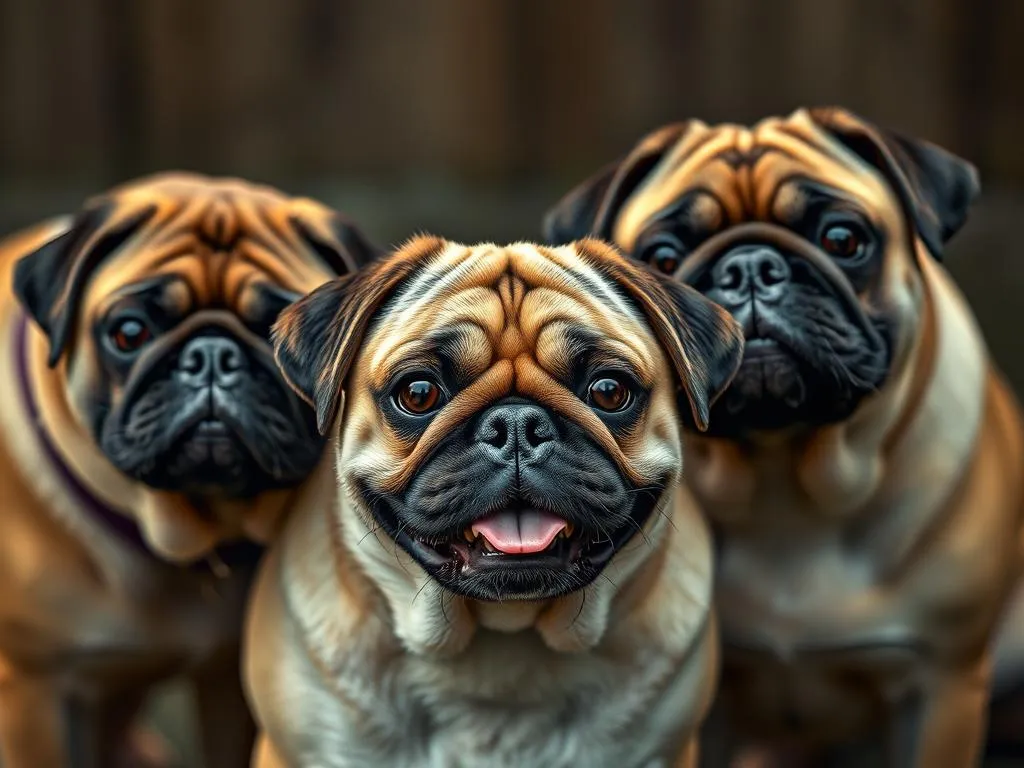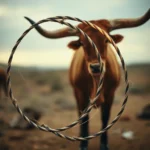
Understanding the history and purpose of dog breeds is essential for any prospective pet owner. Each breed has been developed with specific traits and characteristics in mind, often to fulfill particular roles in human society. Among these breeds, the Pug stands out due to its unique appearance and friendly demeanor. So, what were Pugs bred for?
Understanding Dog Breeding
Definition of Dog Breeding
Dog breeding is the practice of mating selected dogs to produce specific qualities and characteristics in the offspring. This can include aesthetic traits, behavior, and even health considerations. Historically, breeding practices have evolved from natural selection to more controlled methods, where humans have taken charge of the selection process to ensure desired traits are passed down through generations.
Purpose of Breeding Dogs
The purpose of breeding dogs has varied throughout history and can be categorized into several main areas:
- Companionship: Many breeds were developed primarily to be companions for humans, providing affection and emotional support.
- Working roles: Certain breeds were trained for specific tasks such as herding sheep, hunting game, or guarding property.
- Show and aesthetic purposes: Some breeds were developed for their striking appearance, often showcased in dog shows and competitions.
Overview of Dog Breeds
A dog breed is defined as a particular group of dogs with similar characteristics and traits, established through selective breeding. Factors that influence breed characteristics include genetics, environment, and the intended purpose for which the breed was developed.
The History of Pugs
Origins of the Pug
The Pug has a rich history that dates back to ancient China, where they were bred as companions for royalty. The breed is believed to have originated over 2,000 years ago, with depictions of Pugs found in Chinese art and artifacts. They were adored by emperors and often lived lavish lives, often being pampered with the best food and care.
Pugs in Ancient Cultures
Pugs were more than just pets in ancient Chinese culture; they held significant status. They were often given as gifts to European nobility, which helped them gain popularity outside of China. Their charming personalities and affectionate nature won over many, including notable historical figures like William III of England and Queen Victoria, who was particularly fond of the breed.
Evolution of the Pug Breed
As Pugs made their way to Europe, breeding practices began to change. European breeders focused on enhancing certain physical traits, such as the breed’s distinctive wrinkled face and compact body. This led to the modern Pug we know today, characterized by its playful demeanor and unique appearance. However, these changes also introduced health concerns, which continue to be a topic of discussion among breeders and veterinarians.
Purpose Behind Pug Breeding
Companionship
At its core, the primary purpose of breeding Pugs has always been companionship. Known for their friendly and sociable personalities, Pugs are often referred to as “clowns” due to their playful antics and loving nature. They thrive on human interaction and are known to form strong bonds with their families, making them excellent family pets. Their affectionate demeanor and adaptability make them suitable companions for people of all ages.
Physical Characteristics
Pugs are small, sturdy dogs with distinctive features that align with their breeding purpose. They typically weigh between 14 to 18 pounds and stand about 10 to 14 inches tall. Their short, smooth coat is easy to care for, and their unique wrinkled face gives them an endearing expression. These traits not only contribute to their charm but also make them easy to manage as indoor pets.
Health Considerations
Unfortunately, the very characteristics that make Pugs appealing can also lead to health issues. Due to their brachycephalic (short-nosed) structure, Pugs are prone to breathing difficulties, especially in hot or humid weather. Other common health issues include hip dysplasia, eye problems, and skin conditions. Responsible breeding practices focusing on the health and wellbeing of the dog can help mitigate these concerns.
Pugs in Modern Society
Popularity of Pugs Today
In recent years, Pugs have surged in popularity, becoming a favorite among dog lovers worldwide. Their unique appearance and loving nature have made them stars on social media platforms, with countless accounts dedicated to showcasing their adorable antics. According to the American Kennel Club, Pugs consistently rank among the most popular breeds in the United States, highlighting their enduring appeal.
Training and Care for Pugs
Pugs are intelligent and eager to please, which makes them relatively easy to train. However, they can also exhibit stubborn streaks, requiring a patient and consistent training approach. Socialization from a young age is crucial to ensure they grow into well-rounded adults.
In terms of care, Pugs need moderate exercise to maintain a healthy weight, as they can be prone to obesity. Short walks and playtime are typically sufficient for their exercise needs. Additionally, a balanced diet tailored to their specific requirements is essential for their overall health.
Pugs as Therapy and Support Animals
The charming personality of Pugs makes them excellent candidates for therapy and emotional support animals. Their affectionate nature and ability to connect with humans can provide comfort and companionship to those in need. Many Pug owners report significant improvements in their mental health and emotional wellbeing due to the joy their pets bring into their lives.
Conclusion
Recap of Key Points
Throughout their history, Pugs have been bred primarily for companionship, with their unique physical characteristics and lovable personalities making them ideal family pets. Understanding what Pugs were bred for allows us to appreciate their role in our lives and the importance of responsible breeding practices to ensure their health and happiness.
Final Thoughts on Pugs as a Breed
Pugs have carved out a special place in modern dog ownership, providing joy and companionship to countless families. Their evolution from royal companions in ancient China to beloved pets today reflects the enduring bond between humans and their canine friends. As we continue to embrace this charming breed, it’s vital to prioritize responsible breeding and care practices to maintain their health and happiness for generations to come.
FAQs
Common Questions about Pugs
-
What is the average lifespan of a Pug?
Pugs typically live between 13 to 15 years, depending on their health and care. -
Do Pugs shed a lot?
Yes, Pugs do shed, though their short coat makes grooming relatively easy. Regular brushing can help minimize shedding. -
Are Pugs good with children?
Yes, Pugs are generally good with children and can be playful companions. However, supervision is always recommended.
Resources for Further Inquiries
If you’re seeking more information about Pugs, consider joining forums or visiting breed-specific websites where you can connect with other Pug owners and enthusiasts. These platforms provide valuable insights into care, training, and health issues related to Pugs.









